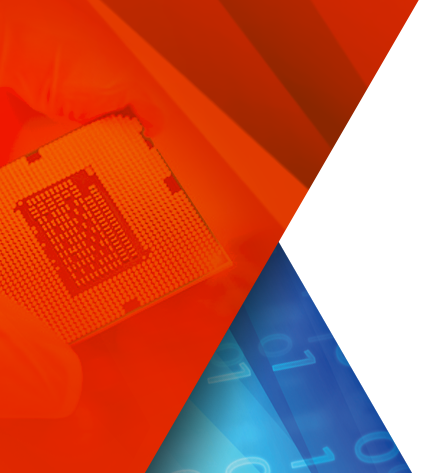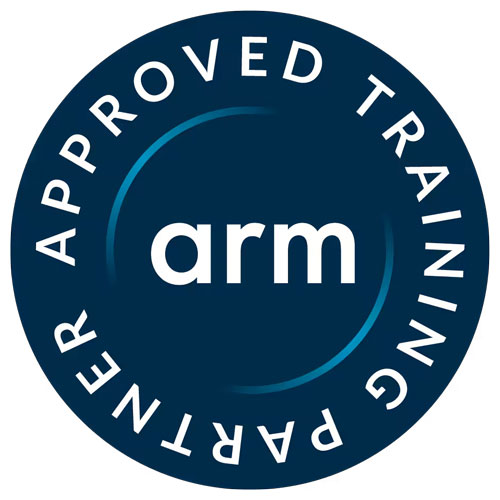Architecture Overview
Privilege levels • AArch64 registers • A64 Instruction Set • AArch64 Exception Model • AArch64 Memory Model
Software Engineer's Cortex-A55
Cortex-A55 overview • Caches organization • Caches policies • Cache configuration • Translation lookaside buffer specifications • Memory prefetch • Non-temporal loads/stores • ECC and parity error detection
DynamIQ ISA Overview
Registers • Loads and stores • Data processing and control flow • Scalar floating-point and SIMD • Armv8.2
Synchronization
Synchronization background • Enforced atomicity • Measured atomicity • Local and global exclusive monitors
AArch64 Exception Model
The AArch64 exception model • Interrupts • Synchronous exceptions •
SError • exceptions • Exceptions in EL2 and EL3
Booting
Booting an Arm DynamIQ processor in AArch64 • Booting multi-core and multi-processor systems • Real-world booting
DynamIQ Caches and Branch Prediction
General Cache Information • Cache Attributes • Cache Maintenance Operations • Cache Discovery
DynamIQ Memory Management
Memory Management theory • Stage 1 Translations at EL1/0 • Translations at EL2 / EL3 • TLB maintenance
DynamIQ and Neoverse Memory Model
Types • Attributes • Alignment and endianness • Upper page descriptor bits
DynamIQ and Neoverse Barriers
Data barriers • Instruction barriers • DynamIQ and Neoverse extensions
Secure Environments
Why do we need a Secure environment? • Software stack • System architecture
DynamIQ Cache Coherency
Introduction to coherency • Coherency details - multi-core processors • Coherency details - multi-processor systems
Virtualization
Introduction • Armv8-A Recap • Virtualization Host Extensions
Software Engineer Guide to DynamIQ Shared Unit (DSU)
DynamIQ Shared Unit • CPU bridges • CPU Caches • DSU snoop filter and L3 • L3 Cache allocation • DSU memory interfaces • Debug and trace • Power management
Embedded Software Development
Semihosting / retargeting • Mixing C/C++ and assembly • Application Startup • Tailoring image memory map to your target • Accessing memory mapped peripherals • Additional considerations
GNU Compiler Hints and Tips
Basic Compilation • Compiler Optimizations • Coding Considerations • Local and Global Data Issues
NEON Benchmarking and Performance Analysis
Introduction • Performance Monitoring Hardware: PMU • Cycle Accurate Trace: Trace • Macrocells • Streamline Performance Analysis
Appendices
(Optional material that can replace other content if required)
GNU Linker Hints and Tips
Linking Basics • System and User Libraries • Linker Script • Veneer and Interworking • Linker Optimizations and Diagnostics • GNU Embedded Development Libraries
Armv8-A Debug
Introduction to Debug • Types of Debug • Debug Facilities • External Debug • Self-hosted Debug • CoreSight • Debug Features • Trace




